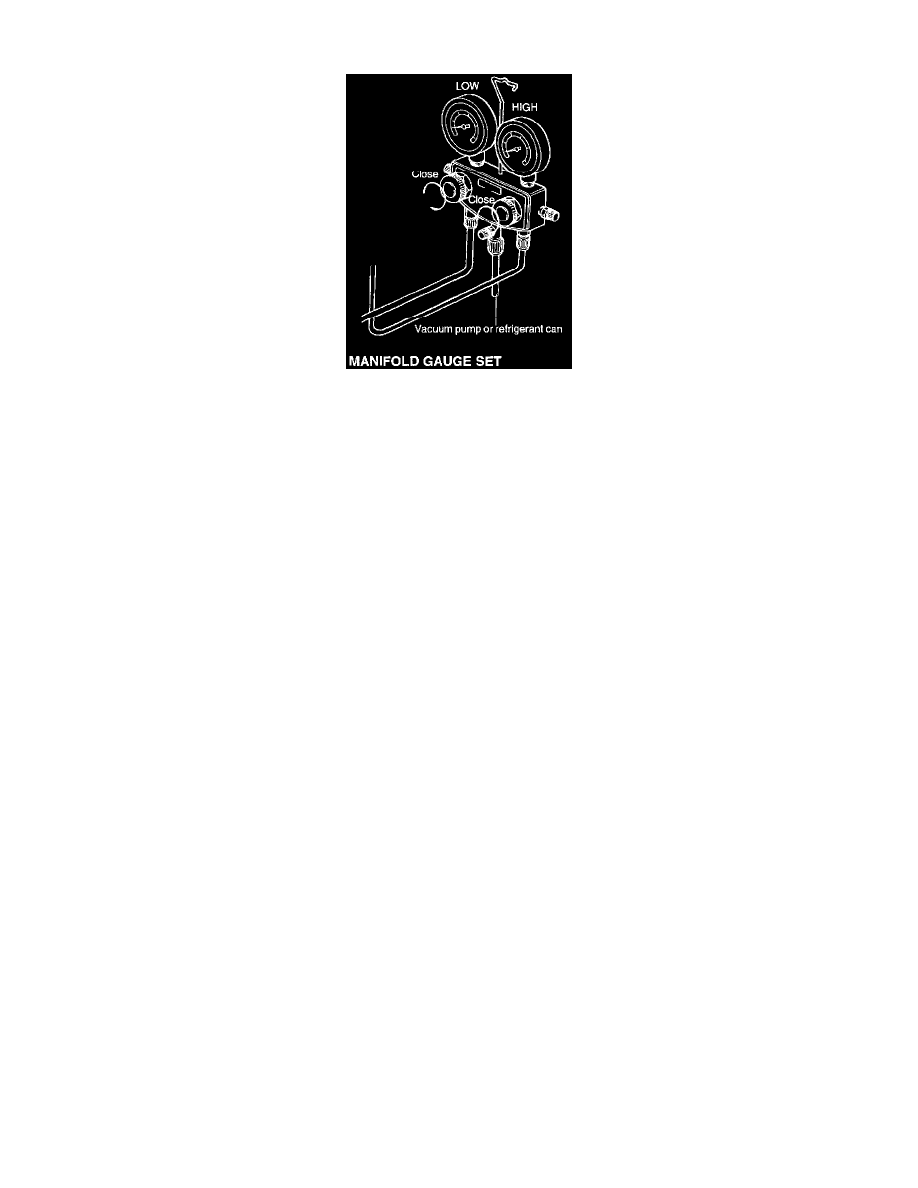Sonata GLS V6-2.5L (2000)

Refrigerant: Service Precautions
SAFETY PRECAUTIONS
1. The R-134a liquid refrigerant is highly volatile. A drop on the skin of your hand could result in localized frostbite. When handling the refrigerant,
be sure to wear gloves.
2. If the refrigerant splashes into your eyes, wash them with clean water immediately. It is standard practice to wear goggles or glasses to protect your
eyes, and gloves to protect your hands.
3. The R-134a container is a highly pressurized vessel. Never leave it in a hot place, and check that the storage temperature is below 52 °C (126 °F).
4. A halide leak detector is often used to check the system for refrigerant leakage. Bear in mind that R-134a, upon coming into contact with flame
(this detector burns like propane to produce a small flame), produces phosgene, a toxic gas.
5. Use only recommended lubricant for R-134a A/C system and components. If lubricants other than recommended one used, system failure may
occur.
6. The PAG lubricant absorbs moisture from the atmosphere at a exceptionally fast rate and moisture can damage the A/C system, therefore the
following precautions must be observed:
-
When removing refrigerant components from a vehicle, cap immediately the components to prevent A/C system from the entry of moisture.
-
When installing refrigerant components to a vehicle, do not remove the cap until just before connecting the components.
-
Complete the connection of all refrigerant tubes and hoses without delay to prevent the A/C system from entry of moisture.
-
Use the recommended lubricant from a sealed container only.
7. If accidental system discharge occurs, ventilate the work area before resuming service.
